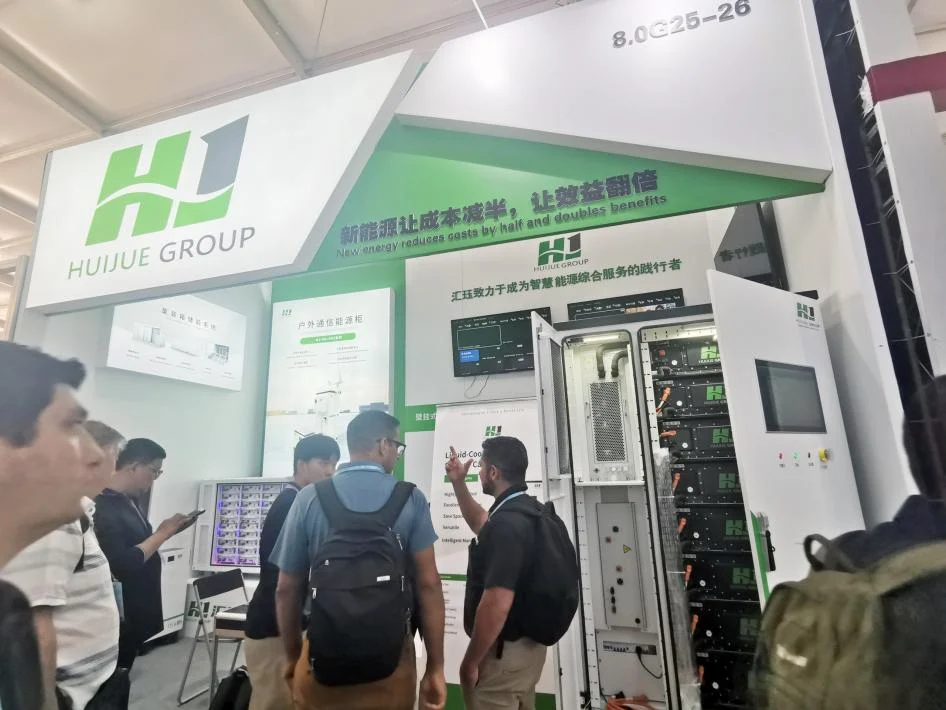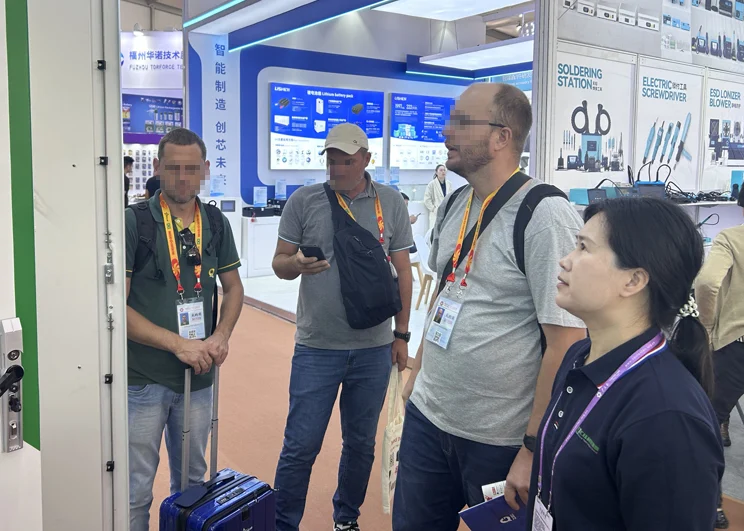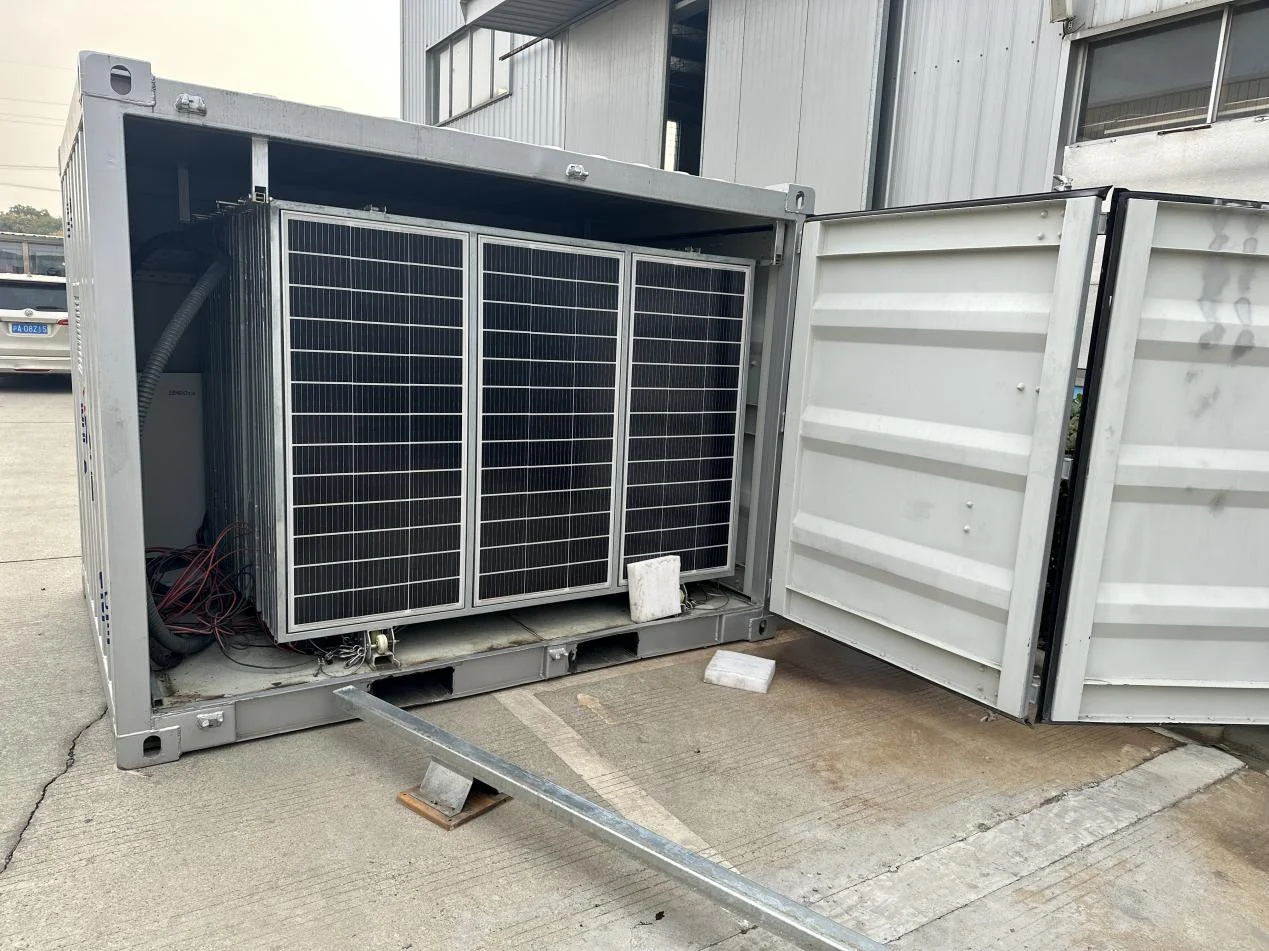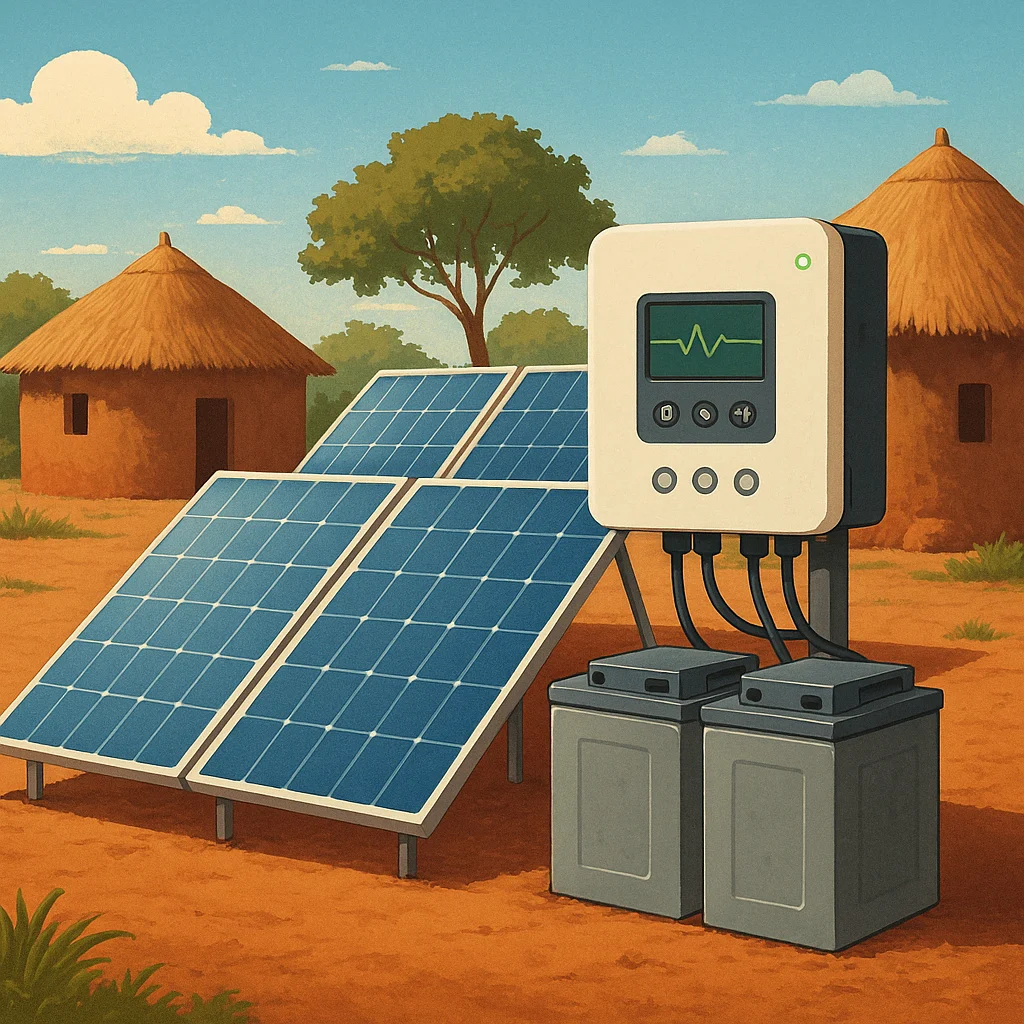The “Three-Pronged Divergence” of Energy Storage Technologies in 2025: Who Will Dominate Among Lithium, Sodium, and Flow Batteries?
2025-02-18
I. Lithium Batteries: Layered Evolution Under Market Dominance
1. Power Batteries: The "Duel of the Kings" Between High-Nickel and LFP
- High-Nickel Ternary Batteries:CATL's Qilin battery has achieved an energy density of over 300Wh/kg, supports 4C fast charging, and offers a range of over 1,000 km. However, its cost remains high at ¥800/kWh.
- Lithium Iron Phosphate (LFP):BYD's Blade Battery has reduced costs to ¥500/kWh, with market share surging to 68%. However, its energy density ceiling is 190Wh/kg.

2. Technological Leap in Energy Storage Batteries
| Parameter |
Mainstream in 2022 |
Benchmark for 2025 |
Breakthroughs |
| Cell Capacity |
280Ah |
314Ah |
Stacking process + tab optimization |
| Cycle Life |
6,000 cycle |
8,000 cycles |
Commercialized liquid-phase lithium replenishment |
| Standard Thermal Management |
Air Cooling |
Liquid Cooling |
±0.5℃ temperature control |
(Source: State Grid Energy Research Institute)
II. Sodium Batteries: The Breakthrough Battle of Low-Cost Alternatives
1. Cost Advantage
- Material Cost:Using Prussian Blue cathodes (¥30,000/ton), reducing costs by 60% compared to lithium ternary materials.
- LCOE (Levelized Cost of Electricity):Zhongke Haina's 1MWh sodium battery system achieves an LCOE of ¥0.25/kWh, 30% lower than lithium batteries.
2.Technological Milestones
- Cycle Life: CATL’s first-generation sodium battery has surpassed 4,000 cycles, with a 6,000-cycle target by 2025.
- Low-Temperature Performance: Maintains 85% capacity retention at -40°C, outperforming lithium batteries at 50%.
3. Focused Application Scenarios
- Base Station Energy Storage: China Tower plans for 15% of its base stations to adopt sodium batteries by 2025, creating an annual demand of 5GWh.
- Low-Speed Electric Vehicles: Yadea's sodium-ion two-wheelers achieve a 150km range, reducing costs by 20% compared to lithium.
III. Flow Batteries: The "Dark Horse" for Long-Duration Storage
1. The Commercialization Sprint of All-Vanadium Flow Batteries
- Project Scale:The 100MW/400MWh Dalian all-vanadium flow battery project is now operational, reducing LCOE to ¥0.35/kWh.
- Technical Bottlenecks:Electrolytes account for 60% of costs; a leasing model lowers initial investment by 70%.
2. The Disruptors with Innovative Chemistries
- Zinc-Bromine Flow Batteries:The CAS (Chinese Academy of Sciences) developed zinc-based batteries with an energy density of 80Wh/kg, cutting costs by 40% compared to vanadium.
- Organic Flow Batteries: XL Batteries (USA) introduced a saltwater-based system that is non-toxic and non-flammable, ideal for residential energy storage.
IV. The Dual Drivers of Policy and Market
1. Upgraded Energy Storage Mandates
- Northern China:Storage deployment requirements have increased to 15%-20% × 4 hours, enhancing flow battery competitiveness for 6+ hour applications.
- Distributed PV:Provinces like Zhejiang and Shandong require X% × 2-hour storage, accelerating sodium battery adoption in the C&I (commercial and industrial) storage market.
2. Innovations in Carbon Finance Tools
| Mechanism |
Key Rules |
Impact on Energy Storage |
| Carbon Credit Trading |
1MWh discharge = 0.5 tons CO₂ reduction equivalent |
Highlights the lifecycle advantages of flow batteries |
| Green Certificates Linked to Storage |
Renewable projects with storage receive 1.2× green certificates |
Encourages shared storage investments |
(Source: Guide to New Energy Storage Participation in Power Market Trading)
V. The Endgame: A Three-Way Split or Winner-Takes-All?
1. The Emerging Market Segmentation
| Technology |
Optimal Application Scenarios |
2025 Market Share Prediction |
| Lithium Batteries |
Power + 2-4 hour energy storage |
65% |
| Sodium Batteries |
Base stations + residential storage |
20% |
| Flow Batteries |
Grid-side 6+ hour storage |
15% |
2. Disruptive Wildcards
Solid-State Batteries: While they could reshape the competitive landscape by 2030, they remain in pilot stages through 2025.
Hydrogen Storage: Expected to complement weekly energy storage, but LCOE must drop below ¥0.10/kWh to be competitive.





